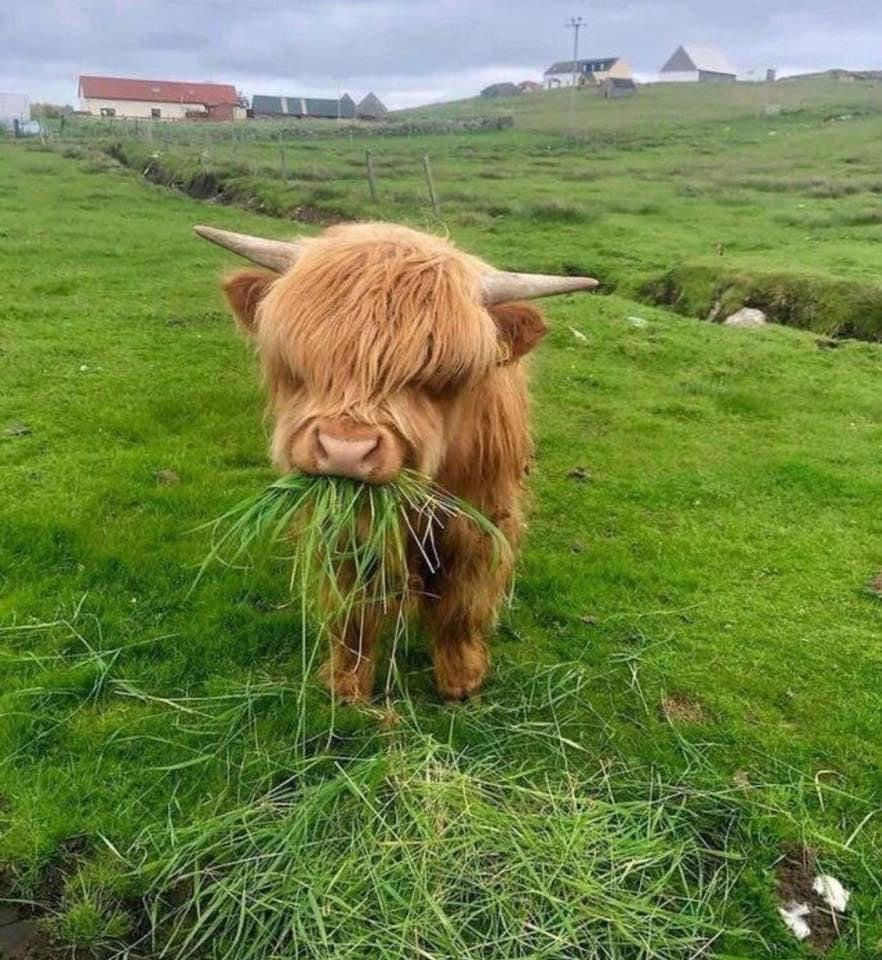Get 'Em Hot: The Chicago Dog
- sdmichalove
- May 3, 2021
- 3 min read
"With one hand, I grab the hot dog JL shoves under my nose, typing with the other, brushing stray poppy seeds off the keys. I’ve developed a taste for Chicago-style dogs. The combination of the soft bun, Vienna hot dog, tomato, chopped onion, celery salt, sport peppers, mustard, and fluorescent-green relish is perfect if a bit messy."
Max Grant, At First Sight

I can't remember a time in my life when I didn't eat hot dogs. Oscar Meyer, Vienna, Hebrew National. Hot dogs from the Romanian on Clark Street that my grandparents bought. My dad would occasionally bring home hot dogs from Fluky's instead of McDonald's as a treat.
Branching out, Francheezies were a particular favorite of mine. The all-beef hot dog is split in half, stuffed with cheese (usually Velveeta), wrapped in bacon, and deep fried. I don't know that I would risk eating them today, but at fifteen they were a guilty pleasure that I only shared with my grandmother. You can even find "healthy" recipes to make them in an air fryer.

Back to the traditional Chicago dog, the first revolution was the creation of the all-beef hot dog for the 1893 Columbian Exposition. Samuel Ladany and Emil Reichl, two immigrants from the Austrian-Hungarian empire, created what became the Vienna Beef Hot Dog. The company, still located in Chicago, has keep the traditional all-beef recipe and you can still buy the ones with the natural casings direct from the Vienna factory. With the rise of the popularity of skinless hot dogs, those are the only Vienna hot dogs you can buy at the grocery store.

The next development in the story came when Polish-born Sam Rosen moved from New York to Chicago in 1916. Trained as a baker in Germany, Rosen's breads were very popular with Chicagoans. Rosen's is still one of the most popular rye breads in Chicago today. But it was his development of the poppy-seed bun that made the difference.

By the 1920s, the Maxwell Street Sunday market was the place to go. Hot dog vendors were everywhere. I remember going there with my grandparents at least once every summer. My grandfather's business was selling used clothes and other items and he had a table at the market every week. We would get up at 2 am so he could pick up merchandise from his lock-up and set up the tables in his allotted space.
With the depression, what we think of as the traditional toppings of the Chicago dog came together. Hot dog vendors bought produce from other sellers in the market. Dragged through the garden, the most popular combination adorned the hot dog with sport peppers, mustard, pickle, relish, onion, tomato, and celery salt. No ketchup, please! The tomatoes replace the need for ketchup.
The neon-green relish that seems iconic, was created in the 1970s by adding blue food dye. Both Fluky's and Superdawg claim the honor. Today you can buy it in jars, sold by Vienna Beef. To me, a hot dog isn't a Chicago dog without that relish. I always have a jar in my refrigerator.
If you want to know more about hot dogs, or just the history of the Chicago dog, Bruce Kraig's Hot Dog: A Global History, might be just up your alley

*This blog used a Thrillist post as the basis of much of the history used here.







Really interesting history!